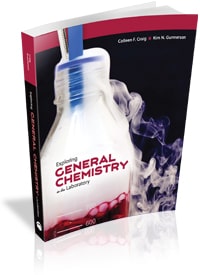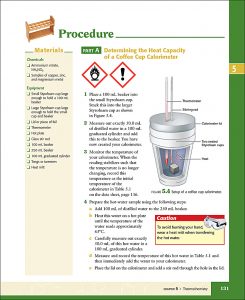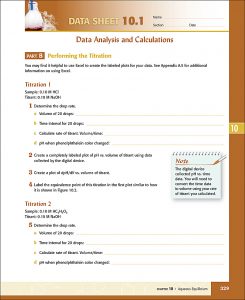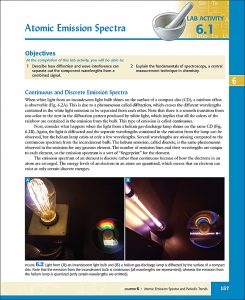Colleen Craig received her Ph.D. in chemistry at the University of Washington in 2006. Following that, she taught chemistry at various colleges in western Washington, including Western Washington University, Seattle Central Community College, and all three University of Washington campuses. She has been a lecturer in the Department of Chemistry at the University of Washington since 2012, where she teaches general chemistry courses. Having been a life-long introvert afflicted with near-crippling stage fright, she finds it somewhat odd that she now regularly lectures to classes of 300–600 students without breaking (much of) a sweat. When she is not working on her courses and curriculum projects, Colleen enjoys knitting, yoga, reading, and binge-watching TV shows.




